Will Team Biden Weaponize Workers’ Pensions?
Big Labor abuse of worker pension and benefit funds as a means of advancing union bosses’ self-aggrandizing policy objectives is a familiar phenomenon.
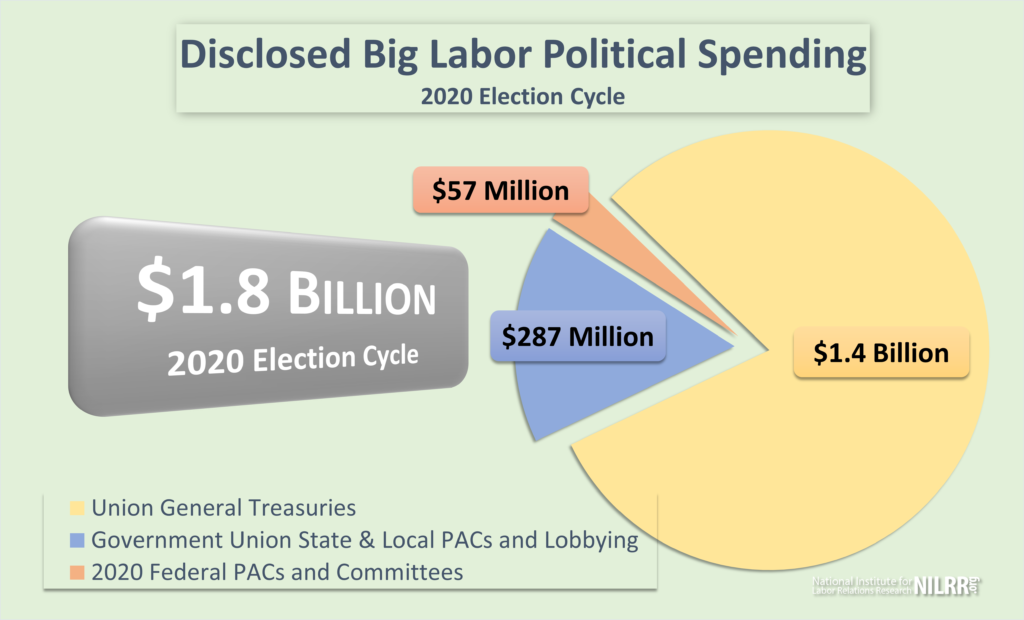
Drawing on data furnished by three major public-disclosure resources, the National Institute for Labor Relations Research has recently, and conservatively, estimated that Big Labor spent $1.8 billion on politics and lobbying in 2019 and 2020.
The Institute is a research-only nonprofit affiliated with the National Right to Work Committee.
The Institute fact sheet analyzing union bigwigs’ expenditures over the past two years to influence who gets nominated and elected (or appointed) to political offices and/or mold public policy through other means was published on July 22.
And the Institute’s findings were highlighted in a July 24 report by Audrey Conklin for Fox Business, one of the top business news providers in America.
To access a copy, go here.
The Institute’s analysis relies almost entirely on reporting forms filed by union officials themselves with federal and state government agencies.
Poor-mouthing union chiefs and supposedly “nonpartisan” monitors like the Center for Responsive Politics have long fostered the false impression that Big Labor PAC and Section 527 expenditures, respectively reported to the Federal Election Commission and the IRS, represent all union-boss electioneering.
But the LM-2 forms that all private-sector (and some public-sector) unions with annual revenues exceeding $250,000 are required to file with the U.S. Labor Department, along with other publicly available resources, show they actually control by far the most massive political machine in America.
In 2003, then-President George W. Bush’s Labor Department revised LM-2 forms with the avowed goal of helping millions of private-sector workers who are forced to pay union dues or fees as a job condition get a better idea of where their conscripted money is going.
This was a worthwhile initiative.
Current federal laws, as interpreted by the judiciary, authorize the firing of private-sector employees for refusal to pay for unwanted union monopoly bargaining, unless the employees are protected by a state Right to Work law.
But the U.S. Supreme Court, in multiple precedents argued and won by National Right to Work Legal Defense Foundation attorneys, has established that private-sector employees may not legally be terminated for refusal to finance Big Labor’s non-bargaining activities — regardless of where they live.
And in 2018, the High Court concluded in the Foundation case it most recently heard, Janus v. AFSCME Council 31, that the extraction of forced union dues and fees from public-sector workers to bankroll any union activity violates the First Amendment and is therefore prohibited.
Unfortunately, in a misguided and futile attempt to appease the union brass, Bush officials failed to require private-sector union reports to segregate strictly all bargaining and non-bargaining activities in the revised LM-2’s.
Nevertheless, since the LM-2 revision withstood an extended Big Labor court challenge and took effect roughly 17 years ago, union officials have been required to report each year how much they spend on two major non-bargaining activities — electioneering and lobbying.
The Institute review of all LM-2 forms filed for 2019 and 2020 shows that unions filing such forms spent a total of $1.44 billion from union treasuries, which largely consist of forced union dues and fees, on “politics and lobbying” over those two years alone.
Such forced dues-fueled spending pays for phone banks, get-out-the-vote drives, propaganda mailings, and other so-called “in-kind support” for candidates.
National Right to Work Committee President Mark Mix commented:
“Thanks to the Institute’s ongoing efforts to make the documented facts about Big Labor electioneering schemes known to the public, more and more Americans are getting a better idea of the true magnitude of union bosses’ political and other ideological expenditures.
“Over the past decade, Institute research has become a starting point for unbiased journalists investigating how and why a relative handful of union officials wield inordinate clout in Washington, D.C., and in state capitals around the country.”
Thanks to conscientious reporters such as Bill McMorris of the Washington Free Beacon and Connor Wolf of Inside Sources, as well as USA Today and Detroit News op-eds by Mr. Mix, millions of Americans have had the opportunity to learn about the Institute’s analyses of union political and lobbying expenditures.
Big Labor political and lobbying expenditures reported on LM-2 forms are the single largest component of the union electioneering machine.
But there is plenty LM-2’s don’t cover.
“Government unions that have no private-sector members, including many affiliates of the National Education Association [NEA] union and other deeply political state and local unions, don’t have to file LM-2’s,” noted Mr. Mix.
“The Institute analysis added up political spending by such government unions as reported to state and local government monitors, and tracked on the FollowTheMoney.org website.
“In the aggregate, such reports show non-LM2-filing unions spent a total of $287 million on state and local politics in 2019 and 2020.
“Union federal PAC expenditures not reported elsewhere add another $57 million to the 2019-20 war chest.”
Mr. Mix continued: “Unlike business and other interest-group political spending, Big Labor’s ‘in-kind’ expenditures on politics are financed largely by forced-dues and forced-fee money, often paid by workers who aren’t union members and who personally oppose the union-boss agenda.
“Compulsory-dues privileges made it possible for Big Labor to spend $1.8 billion on electioneering and other ideological schemes over the past two years.”
He added that the Institute figure was calculated very conservatively so as to avoid double-counting, and for that reason alone it would have to be regarded as an underestimate.
A second reason one should consider $1.8 billion a bare-minimum estimate, explained Mr. Mix, is that the Institute opted to ignore supposedly non-political, non-lobbying “contributions, gifts and grants” LM-2-filing unions reported making in 2019 and 2020.
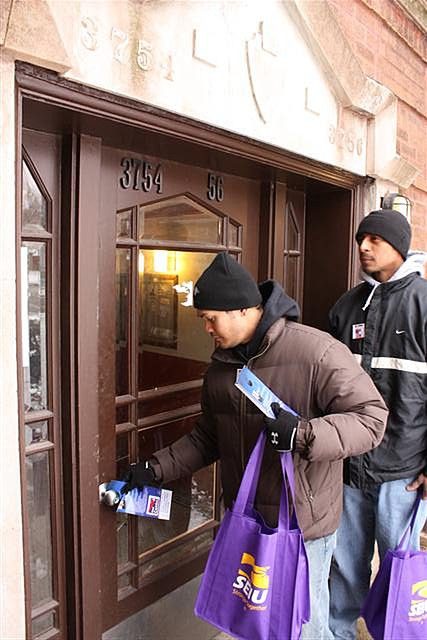
“It’s obvious that a large share of the $6.3 billion combined in ‘representational activities’ and ‘gifts’ that Big Labor didn’t classify as ‘political’ were, in reality, political,” he said.
“Hundreds of examples, including NEA bosses’ $17 million grant to the ‘Strategic Victory Fund,’ a lobbying operation that supports an array of far-left causes, are cited in an appendix to the Institute fact sheet.
“Fortunately, throughout the 2019-20 election cycle, public-sector employees in all 50 states enjoyed Right to Work protections thanks to the Supreme Court’s Janus decision, argued and won by Foundation Staff Attorney William Messenger.
“Moreover, thanks in part to Committee members’ grassroots lobbying, 27 states now have Right to Work laws on the books prohibiting forced union membership, dues and fees in the private sector.
“Along with civil servants, private-sector employees in Right to Work states are protected from being forced to bankroll Big Labor’s favored causes and candidates.
“But it remains Congress’ obligation to crack down on forced-dues politicking and protect the free-speech rights of private-sector employees across the nation.”
This objective can be accomplished through passage of a national Right to Work law that repeals the handful of provisions in federal labor law under which millions of employees are still being forced to bankroll unions.
As previous editions of this Newsletter have reported, such legislation, known as the National Right to Work Act, has been introduced and is currently pending in both chambers of the U.S. Congress.
Now that federal forced-dues repeal measures (S.406 and H.R.1275) are before both the Senate and the House, the Committee has begun mobilizing freedom-loving citizens nationwide to push for committee hearings and floor votes on both these bills.
This article was originally published in our monthly newsletter. You can go here to access the last newsletter post, or go here to access all previous newsletter posts.
To support our cause and help end forced unionism, you can go here to donate.
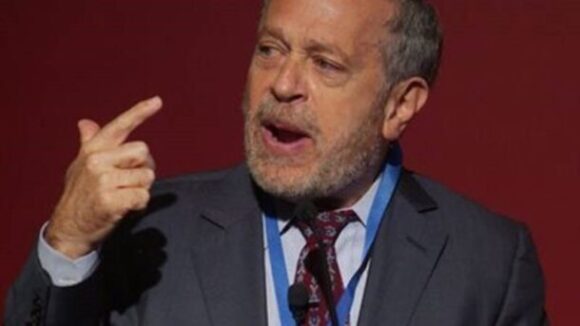
Big Labor abuse of worker pension and benefit funds as a means of advancing union bosses’ self-aggrandizing policy objectives is a familiar phenomenon.
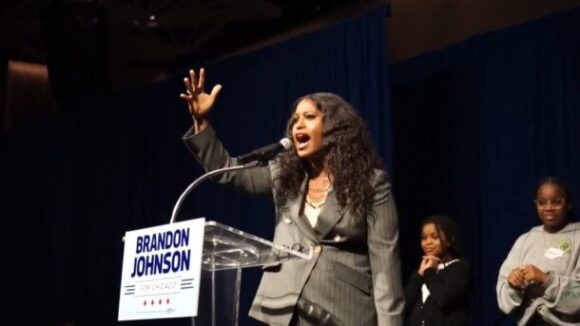
Leaked CTU Proposals Won’t Do Anything to Improve Schools’ Poor Performance
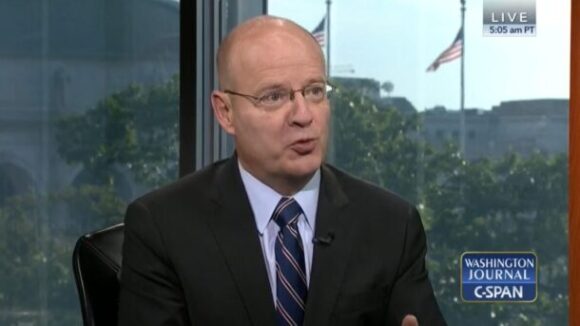
What impact does handing a union monopoly power to deal with your employer on matters concerning your pay, benefits, and work rules have on your pay?